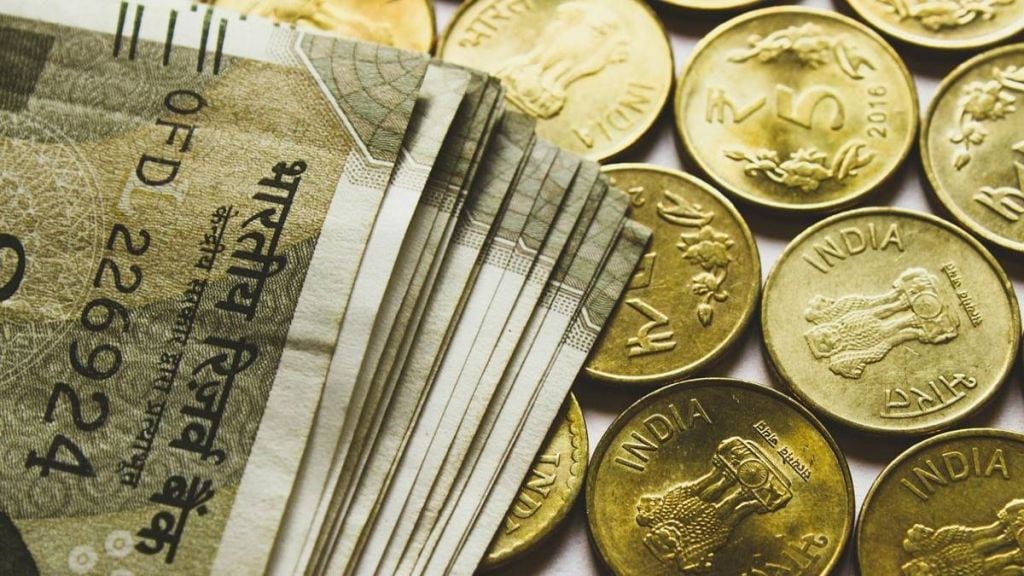Emerging market (EM) currencies with larger trade surplus with the US could be more at risk once Donald Trump assumes office. In case of any geopolitical risk and potential trade tension, India would be relatively better placed within the EM basket, Flavio Figueiredo, global head of foreign exchange at Citi, tells Sachin Kumar in an interview. Excerpts:
Indian rupee has recently seen periods of depreciation. Do you foresee any further depreciation?
While the rupee might move in line with the global US dollar trend, the overall India macro picture suggests a stable outlook for the rupee. Recent trends clearly suggest that the currency is an outperformer in the structural strong US dollar move. The government and the RBI have worked together to ensure a regime with overall macro stability, and this is also reflected in a stable outlook for the rupee.
With the US Fed cutting interest rates, what can be the effects on the rupee and other EM currencies in the short- to medium-term?
Over the past couple of months, the dollar has rebounded significantly from lows seen after markets started front-running Fed rate cuts. Improving inflation dynamics helped the Fed turn significantly dovish, starting the cycle with a 50-bps cut. However, with economic data continuing to be resilient and Trump 2.0 being expected to stoke inflation, the rate-cut cycle is likely to remain shallow. In addition, poor growth dynamics in Europe is expected to keep the ECB dovish. This divergence and expected US policy changes are expected to drive US dollar strength over foreseeable future and be net negative for EM (emerging market) currencies, though the impact is expected to be unequal. The Chinese yuan, euro, Mexican peso are expected to bear most of the brunt of the new Trump tariffs. The RBI over the past couple of years has ensured a stable regime for India’s forex and rates markets and we largely expect this trend to continue into the next year.
The key question for India’s forex markets will be how does the government and RBI react to even greater weakness of the yuan, given India’s large trade deficit with China. That said, in our view, the rupee will remain less volatile compared with other EM currencies.
What kind of impact do you see on EM currencies like the rupee, considering the incoming US administration’s perceived stance on policy, trade and foreign relations?
Hypothetically, a trade war and its potential impact on growth and trade would weigh on EM and even some G10 currencies. EM currencies with larger trade surplus with the US would be more at risk from potential policies under such a scenario. Over time, the economic partnership between India and the US has become stronger with cooperation in strategic sectors like technology and defense. It is likely that there will be broad continuity in developing these relationships. In case of any geopolitical risk and potential trade tension, India would be relatively better placed within the EM basket. While the RBI will try to manage USD-INR volatility, it will also be conscious of broader rupee move against trade-weighted basket of currencies. Any sharp depreciation of EM currencies could weigh on the rupee as well.
With inclusion of Indian G-Secs in global indices, what impact do you see on foreign exchange flows and the rupee’s performance?
The depth and stability of the Indian markets have always attracted equity investors. This year, India has emerged as a key market in EM for bonds, too. While the pace of flows will depend on the global EM environment, India has already shown better trends compared to other EMs in the region. With the government and the RBI keen on internationalising the rupee, we reckon the risk premium on the currency remains low.
Apart from more passive/stable capitals flows, we think the current account picture has also improved. Both these factors suggest favorable BoP (balance of payment) dynamics. Moreover, with better control over inflation, the inflation differential with the world might fall from nearly 280 bps in 2010s to less than 10 bps over the next five years. Overall, domestic macro dynamics could remain supportive of the relative rupee stability over the medium term.
How’s been the performance and what is your outlook on the forex business in India?
Citi India’s forex business has been one of largest for the bank globally. This has been made possible owing to the investment we have been making locally on talent, technology and innovative structuring capabilities. From an outlook perspective, we strongly believe that India, as it stands today, is poised to continue its trajectory as one of the world’s most attractive markets for business and investment. This, together with a combination of positive macroeconomic outlook, favourable demographics and progressive regulatory changes, does provide a strong opportunity for our franchise to continue on the path of a strong growth in the forex business over the next few years.


